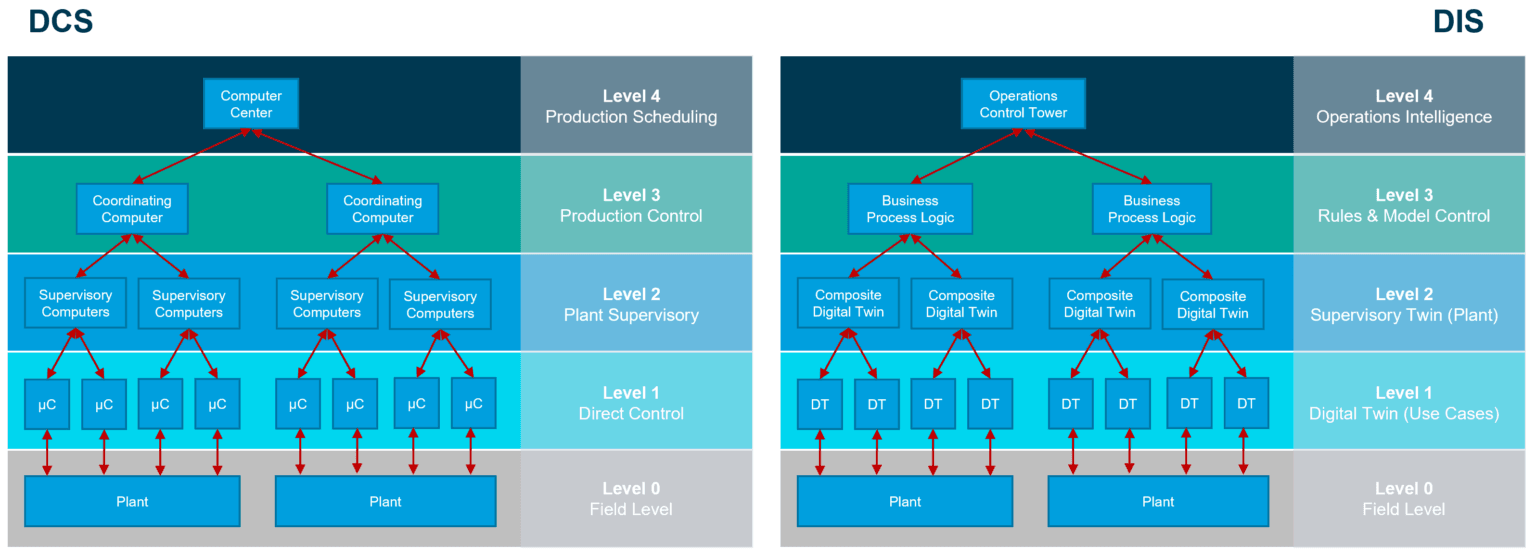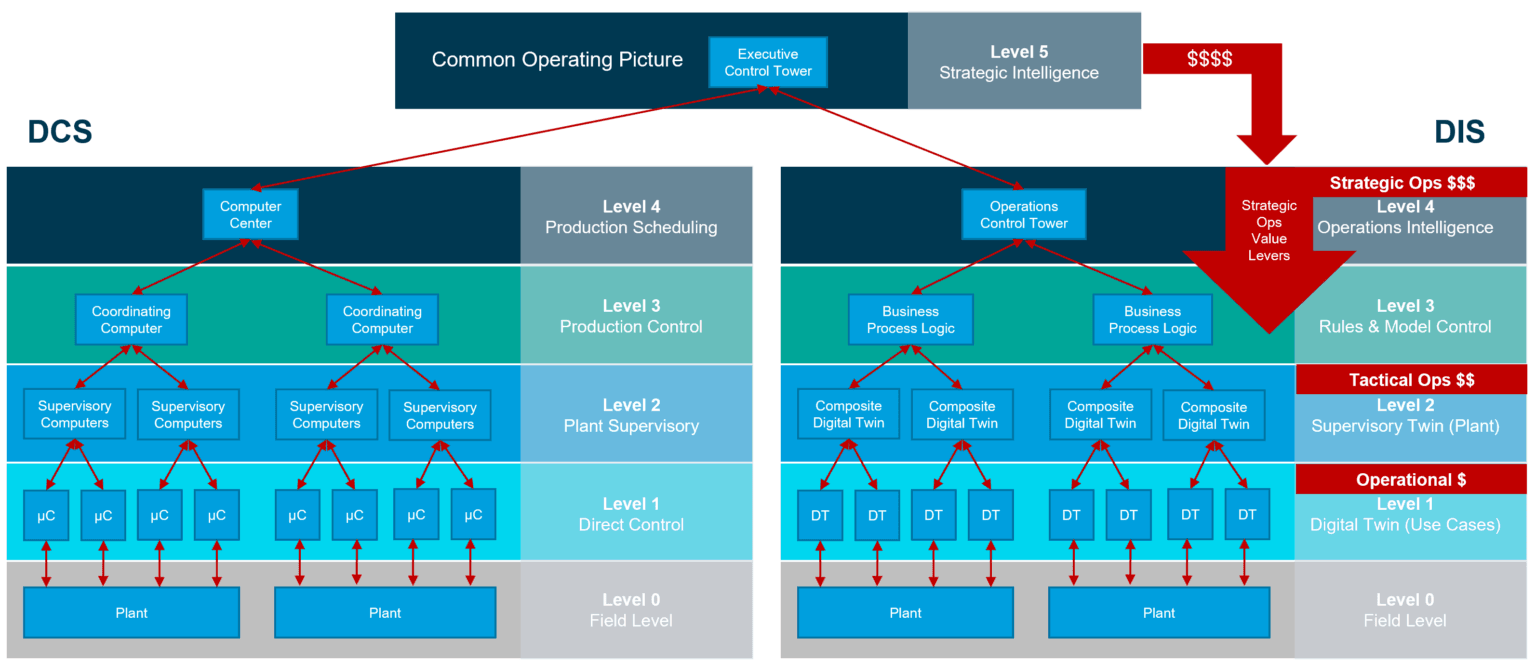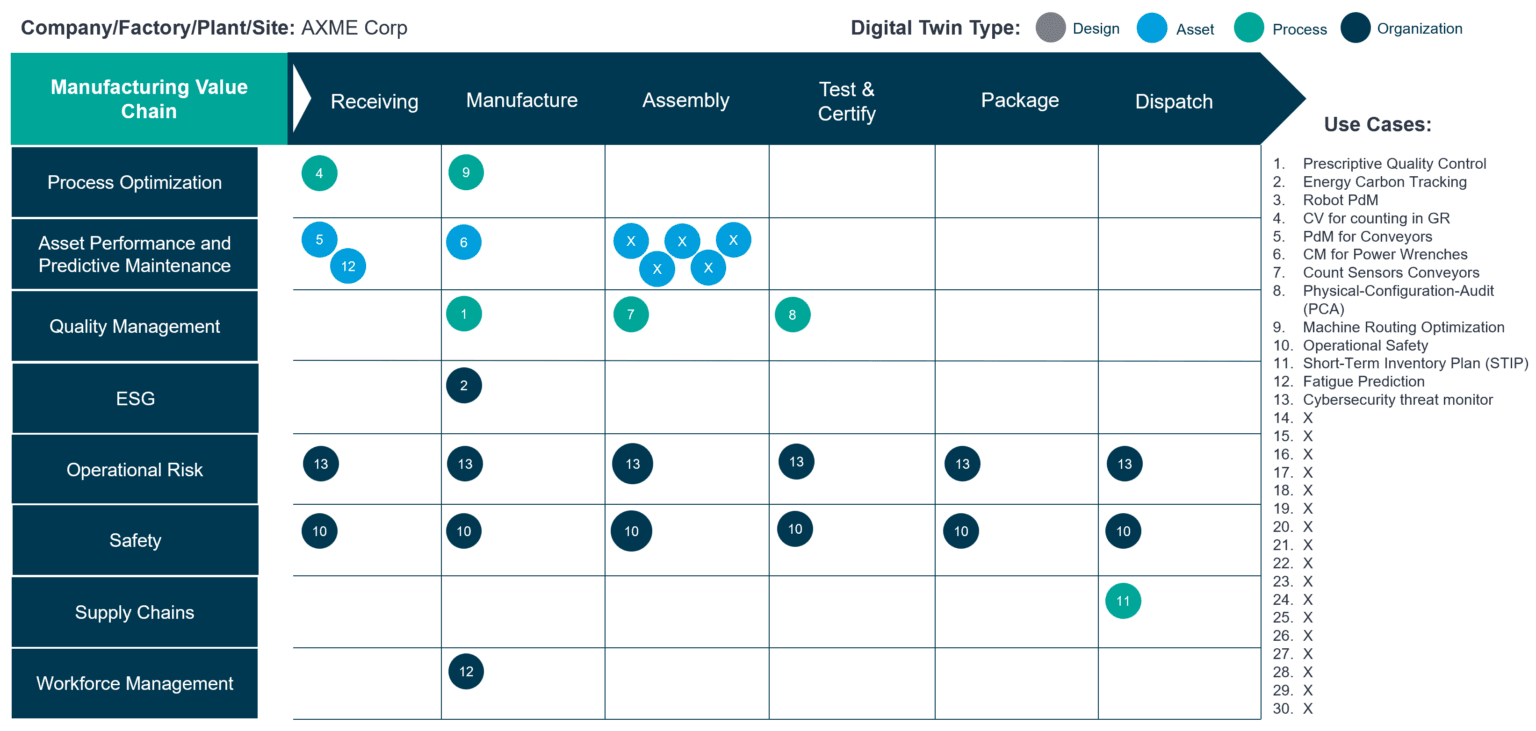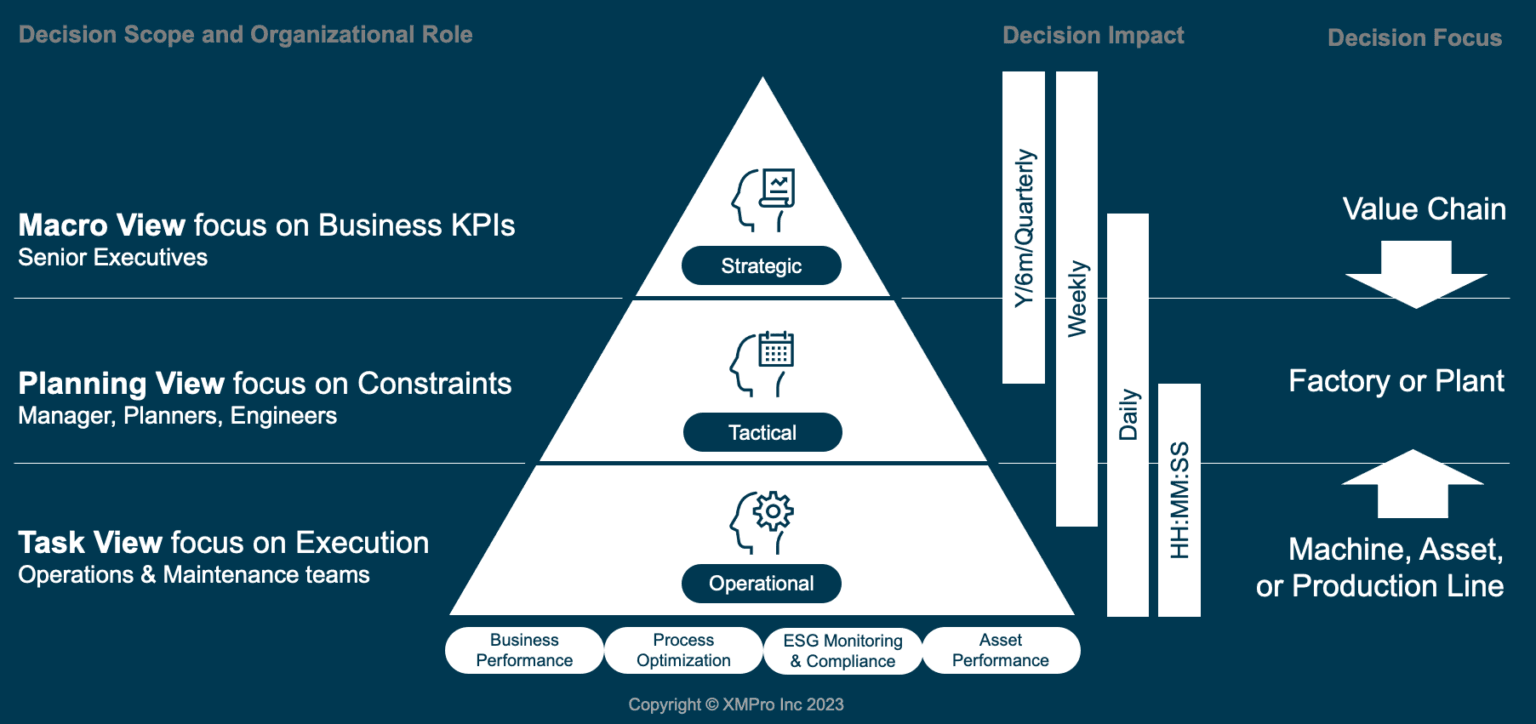Figure 1 – Decision Support Models for Decision Intelligence
#text-3775813170 { color: #003952; } #text-3775813170 > * { color: #003952; }Why Decision Intelligence with Digital Twins is “kinda like” DCS for Automation and Control
Blog: XMPro Blog

Why Decision Intelligence with Digital Twins is “kinda like” DCS for Automation and Control
In this article:
- Industrial Digital Twins, combine Operational Technology (OT), Information Technology (IT), and Engineering Technology (ET).
- Digital twins leverage AI and advanced analytics to provide insights from extensive datasets, enabling decision support, augmentation, and automation through a Distributed Intelligence System .
- DIS revolutionizes business process automation, similar to how Distributed Control Systems (DCS) automate plant or factory operations.
- The implementation of DIS based on digital twin architecture streamlines processes, enhances decision-making, and paves the way for intelligently automated operations.
Industrial Digital Twins exist at the confluence of Operational Technology (OT), Information Technology (IT), and Engineering Technology (ET), forming a unique triad of interconnected functionalities. They bring many benefits, one of the most significant being their capability to facilitate superior decision-making grounded in real-time data and context-specific information.
The initial phase of decision support delivered by digital twins equips business users with comprehensive data visualizations through dashboards and sophisticated business intelligence tools. These users then process this detailed, up-to-the-minute data using their professional acumen to make informed operational decisions.
However, the role of digital twins is continually evolving. They’re not just being used to offer information, but now, with the incorporation of AI and advanced analytics, they can further enrich the information by revealing hidden insights from colossal datasets that would be challenging (or even impossible) for business users to process manually in real time. This capability translates into decision augmentation, a process that yields prescriptive recommendations, providing a course of action from which the user can choose.
As we move into the future, the ambit of digital twins will extend beyond decision augmentation to decision automation. They will operate within a safe framework, making strategic decisions based on AI, analytics, and established business rules. This leap forward will enable ‘lights-out’ operations, driving an algorithmic business model.

Collectively, these three models of decision enablement – supporting, augmented, and automated – lay the foundation for a Distributed Intelligence System. “DIS” This system, enabled by digital twins, functions similarly to how Distributed Control Systems (DCS) provide the intelligence for automating plant or factory operations. This seamless integration of technologies propels us toward a future of digitized, intelligent, and automated decision-making in the industrial sector. The DIS for business process is “kinda like” a DCS for automation control.
Distributed Control System “DCS” in Industrial Automation
A Distributed Control System “DCS” is a digital automation system that uses geographically distributed control loops throughout a factory or plant. Each control loop manages a specific part of the process, such as controlling the temperature in a furnace or the speed of a conveyor belt.
The DCS allows for a high degree of automation, reducing the need for human intervention and increasing the efficiency and reliability of the process. It also provides a central control room where operators can monitor the entire process, make adjustments as needed, and respond quickly to any issues or alarms. It is coordinated through Supervisory Computers that serve as Supervisory Control and Data Acquisition (SCADA) systems in many organizations. This feeds into Production Control systems, MES, MRP, and various other business production scheduling systems.

Figure 2 – ISA 95 – Purdue Model for shopfloor automation and control
#text-2553454291 { color: #003952; } #text-2553454291 > * { color: #003952; }Distributed Intelligence System “DIS” in Business Process Automation
A Distributed Intelligence System “DIS” performs a similar function for operational business processes. Instead of controlling physical processes in an industrial setting, it controls and optimizes business processes and decision-making.
In a DIS based on decentralized, edge-based business rules and a composable digital twin architecture, each business process or operation has its own digital twin, complete with its own data, rules, and decision-making algorithms. These digital twins are located at the edge, near where the data is generated, and the decisions are made, or in the cloud for centralized management and data.
This architecture allows each business process or operation to be managed independently, with its own localized decision-making capabilities. The digital twins communicate and coordinate with each other, creating a network of distributed intelligence throughout the organization.

Figure 3 – DCS vs DIS
#text-1233613077 { color: #003952; } #text-1233613077 > * { color: #003952; }Both SCADA and DIS systems provide a framework for monitoring, controlling, and optimizing operations, albeit in different contexts: SCADA for industrial processes and DIS for business operations. SCADA typically deals with physical parameters and controls hardware devices. In contrast, DIS deals with business parameters and controls software processes or decisions.
One fundamental difference is the way control is distributed. SCADA systems often centralize high-level control and decision-making in master stations, while DIS systems distribute decision-making across local units to enable faster, more context-aware decisions.
In a DIS based on a composable digital twin architecture, the system can quickly adapt to changes in the business environment. Each digital twin can be updated or replaced independently, providing flexibility and agility. This is crucial for businesses that need to respond rapidly to market dynamics.
We can create a new layer of strategic intelligence by merging the control intelligence from the Distributed Control Systems “DCS” and the operations intelligence derived from the Decision Intelligence System “DIS”. This unique amalgamation paves the way for developing a Common Operating Picture, essentially acting as an executive control tower, offering senior decision-makers unparalleled, comprehensive oversight and control.

Figure 4 – Influence operational decisions by adjusting strategic value levers
#text-79365191 { color: #003952; } #text-79365191 > * { color: #003952; }With this system in place, executives gain the ability to manipulate strategic value levers directly influencing business process rules and logic. This influence, in turn, modifies the decision support, augmentation, or automation provided by individual digital twins. Consequently, this creates a transparent and scalable pathway from strategic planning to operational execution, streamlining the entire organizational decision-making process.
Why does your business need a DIS?
A Distributed Intelligence System “DIS” will serve as a robust and dynamic repository for managing a broad spectrum of digital rules and models. It will house essential elements of hyperautomation, including diverse rulesets, artificial intelligence models, and other emerging digital meta-models and artifacts.
Acting as the central nervous system of digital operations, the DIS will orchestrate and streamline various automated processes and decision-making capabilities. It will empower organizations to respond promptly and intelligently to changing business conditions.
In this ecosystem, data will play the role of lifeblood, powering every function and decision. Seamless dataflow will be the critical enabler, facilitating real-time communication, synchronization, and coordination among various components. As data courses through the system, it brings vitality and intelligence, enabling the business to operate efficiently and adaptively.
How do you start with a DIS?
The foundation or Level 0 of the Decision Intelligence System “DIS” involves the acquisition of data via Internet of Things (IoT) and from Operational Technology (OT), Information Technology (IT), and Engineering Technology (ET) systems. This applies to various industrial environments, including factories, mines, power utilities, etc. This crucial data acquisition and management task is effectively and efficiently handled by XMPro Data Streams, which integrate and orchestrate the flow of information to the respective digital twins at the next level of the framework.
The next level, Level 1, in the Decision Intelligence System “DIS” framework, comprises the specific applications or use cases of Digital Twins. Each use case addresses a business challenge or seizes an opportunity within the overarching value chain. These use cases are divided into eight universal categories consistently relevant across various industries, a focal point for XMPro’s solutions.
To accelerate the development and deployment of these various digital twin use cases, XMPro offers ‘Blueprints.’ These blueprints encompass Data Streams, AppDesigner, AI, and Recommendations, forming a robust toolkit for swift and efficient implementation. Additionally, XMPro provides a prioritization framework for use cases, assisting clients in selecting the most suitable and impactful candidates to kickstart their digital twin journey.

Figure 5 – Manufacturing Use Cases Value Chain Matrix
#text-4176135976 { color: #003952; } #text-4176135976 > * { color: #003952; }The strength of a Digital Twin platform, such as XMPro, lies in its capacity to generate numerous use cases within the same framework, providing a unified operational view across the entire value chain and diverse business focus areas. Contrasting with traditional point solutions, a digital twin platform shuns the creation of isolated information silos. Instead, it enables the construction of aggregate digital twins on top of foundational operational twins.
This shift from traditional standalone point solutions enhances decision intelligence and provides a composite view enriched with novel insights that previously couldn’t be interconnected. Moreover, it achieves these benefits with remarkable efficiency – executing tasks with greater speed, enhanced quality, superior intelligence, and unparalleled agility, significantly outperforming traditional stand-alone point solutions.
Level 2 of the Decision Intelligence System framework supports tactical planning by cultivating a comprehensive view of multiple operational digital twins, emphasizing more tactical planning use cases. These use cases have a longer decision impact horizon and focus more on managing constraints. In future iterations of this framework, they will gain the ability to guide lower-level operational digital twins, leveraging the recommendations and business rules derived from the rules and model control at Level 3.

Figure 6 – Decisions at different levels of the organization
#text-2804826384 { color: #003952; } #text-2804826384 > * { color: #003952; }Level 3 functions as a centrally managed repository for digital twin models, AI models, and business rules, utilized by the Supervisory Twins to orchestrate and manage operations in a transparent and highly scalable manner.
Drawing parallels with DevOps and MLOps methodologies, Level 3 introduces the concept of TwinOps. This mechanism supports continuous integration (CI) and continuous delivery (CD), automating the integration and deployment of digital twin models and business rules. This level offers a streamlined, automated approach, ensuring constant updates and smooth functioning of the digital twin ecosystem.
Level 4 functions as an Operations Intelligence Control Tower, equipping Operations Managers with the tools to monitor and manage operational Key Performance Indicators (KPIs). By aligning these KPIs with strategic directives from executive leadership, managers can fine-tune rules and thresholds at level 3. This grants Operations Managers a ‘control tower’ perspective across their segment of the value chain, as well as across all eight functional areas.
Achieving this integrated, comprehensive view is only possible with a robust dlike XMPro iDTS, our intelligent Digital Twin Suite. It offers an all-encompassing Distributed Intelligence System that transforms complex data into actionable insights, fostering superior decision-making and strategic alignment across the organization.
Integrating intelligence from both the Distributed Control Systems (DCS) and the Distributed Intelligence System DIS empowers executive leadership with a Common Operating Picture at Level 5. This concept, drawn from military and disaster response decision-making models, leverages the same data as the operational and tactical digital twins, but reframes it through a strategic lens.
This comprehensive perspective enables leadership to decide on strategic alterations to value levers, which can then be communicated at level 4 and implemented by modifying rules, thresholds, and guidelines at level 3. These changes are then disseminated to the appropriate operational digital twins in a process that is transparent, scalable, and managed through TwinOps. This systematic approach ensures that strategic decisions seamlessly influence operational processes, maintaining coherence and consistency across all organizational levels.

Figure 7 – Common Operating Picture with XMPro intelligent Digital Twin Suite (iDTS)
#text-3366971893 { color: #003952; } #text-3366971893 > * { color: #003952; }In the constantly evolving landscape of industrial technology, the intersection of Operational Technology (OT), Information Technology (IT), and Engineering Technology (ET) forms a powerful triad: Industrial Digital Twins. These twins, more than just information providers, have begun to augment and even automate decision-making, harnessing the power of AI and advanced analytics to reveal hidden insights in extensive datasets. In doing so, they are progressively driving ‘lights-out’ autonomous operations and an algorithmic business model.
The digital twin architecture encapsulates three key models of decision enablement – decision support, augmentation, and automation, all under a robust umbrella, known as a Decision Intelligence System DIS. DIS revolutionizes business process automation by drawing parallels to how Distributed Control Systems (DCS) provide intelligence for automating plant or factory operations. Fueled by XMPro’s effective digital twin management tools, this framework offers diverse use cases across industries. It creates a network of distributed intelligence throughout the organization, responding dynamically to the changing business environment.
Moreover, DIS goes beyond connecting the dots between different operational levels. It builds an executive-level Common Operating Picture that reframes operational and tactical data through a strategic lens. This comprehensive view allows leadership to influence business process rules, seamlessly translating strategic planning into operational execution.
In conclusion, the evolution and implementation of Decision Intelligence Systems based on digital twin architecture not only streamlines processes and augments decision-making but also promises a future of intelligently automated operations. By redefining the boundaries of control and decision-making, from shop floor automation to executive strategic planning, these systems stand as testament to the groundbreaking strides technology continues to make toward an optimized, digitally transformed future.
The post Why Decision Intelligence with Digital Twins is “kinda like” DCS for Automation and Control appeared first on XMPRO.
